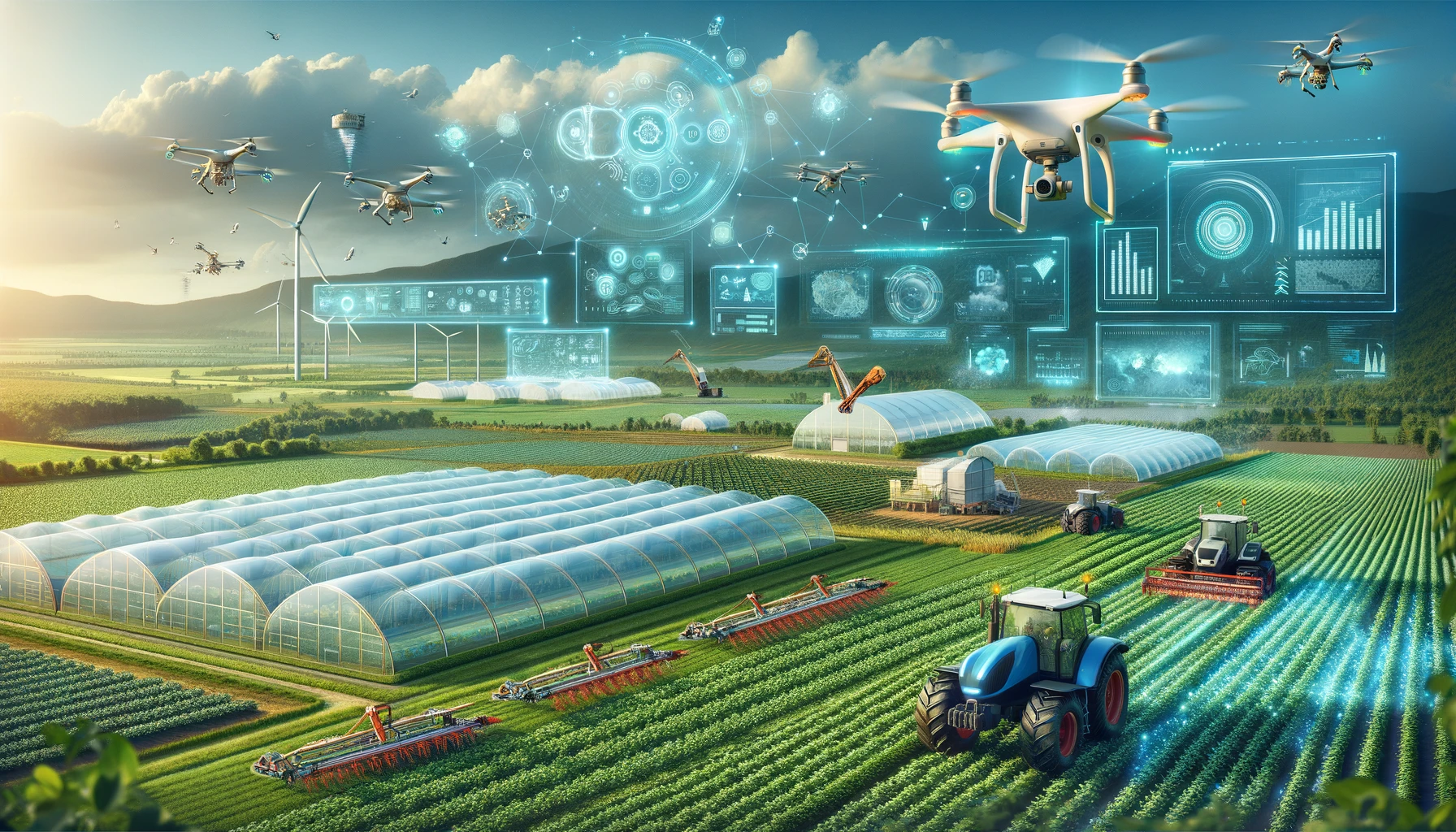Revolutionizing Agriculture: The Integration of Digital Twins and Reinforcement Learning for Sustainable Farming

Digital Twins, virtual replicas of physical entities or systems, are being increasingly adopted in various industries for simulation, monitoring, and decision-making. These Twins rely heavily on machine learning models. However, their application in agriculture is still limited. Researchers from the University of Vienna and TU Wien are exploring the potential of reinforcement learning, a branch of machine learning that learns optimal policies through interaction with virtual environments, to enhance farming efficiency and sustainability.
Robotics Revolution in Agriculture
In agriculture, Digital Twins can revolutionize decision-making, task automation, and resource management. By simulating real-world entities or systems, they allow for the optimization of farming processes. Reinforcement learning is particularly suitable for these applications as it can learn from virtual environment representations.
Robotics is a major area where reinforcement learning is being applied in agriculture. Unmanned aerial vehicles (UAVs) are used for monitoring tasks such as pest detection, plant growth monitoring, and spraying pesticides. These UAVs offer a cost-effective and efficient way to cover large areas. Ground-based vehicles (UGVs) and robotic arms are used for tasks like harvesting, pruning, and pathfinding. Techniques like Deep Q-Networks (DQN), Policy Gradient methods, and Actor-Critic algorithms are commonly employed for these applications. For instance, UAVs help in spraying pesticides accurately by learning the optimal amount to spray and the precise locations, while UGVs navigate through fields to harvest crops without damaging them.
Smart Crop Management
Crop management is another significant area. Reinforcement learning aims to optimize crop yields by managing soil nutrients and predicting crop growth. Agents use sensor data to monitor environmental factors and make suggestions to maintain or increase yields. For example, an agent might learn the best times to water plants or apply fertilizers based on current soil conditions and weather forecasts. Novel environments like CropGym and CyclesGym have been developed to facilitate training reinforcement learning agents for crop management tasks. These environments simulate various aspects of crop growth and allow agents to learn how different actions affect yields.
Efficient Irrigation Management
Irrigation management focuses on optimizing water usage to maintain soil moisture levels while minimizing waste. Reinforcement learning agents dynamically adjust irrigation schedules based on weather patterns, evaporation rates, and soil conditions. For example, an agent might decide to water plants more on a hot, dry day and less on a cool, humid day. Gym-based environments like Aquacrop-gym and gym-DSSAT are used to develop and test irrigation policies, allowing agents to practice and improve their strategies in a controlled setting.
Greenhouse Optimization
Greenhouses, with their controlled environments, provide a unique opportunity for reinforcement learning to enhance energy efficiency and climate control. Techniques like DDPG and SAC are used to optimize greenhouse conditions, reducing energy consumption while maintaining stable crop yields. Multi-agent reinforcement learning (MARL) approaches are also explored for coordinating subtasks within greenhouses, such as controlling temperature, humidity, and lighting. For instance, one agent might control the heating system while another manages the irrigation, and both must work together to maintain an optimal environment for plant growth.
Broader Applications and Future Directions
Other applications include managing data transmission from sensors, optimizing agri-food supply chains, and predicting environmental conditions like frost. For example, reinforcement learning helps extend sensor battery life by deciding when to transmit data, ensuring it is both timely and energy-efficient. In agri-food supply chains, agents optimize the flow of products from farms to markets, increasing efficiency and reducing waste. Frost prediction models use historical weather data to forecast frosts, helping farmers take preventive measures to protect crops.
While reinforcement learning shows significant potential in agricultural automation, there is a notable lack of focus on explainable AI. This is important for gaining farmers' trust and ensuring that the decisions made by AI systems are transparent and understandable. Future research should address this gap and explore the integration of reinforcement learning-based Digital Twins more broadly.
In conclusion, Digital Twins and reinforcement learning have the potential to significantly advance agricultural productivity and sustainability. Although their practical implementation is still in the early stages, they offer promising opportunities for more efficient farming practices. By leveraging the adaptability and autonomous learning capabilities of reinforcement learning, and the simulation aspects of Digital Twins, the agricultural industry can move towards more efficient and sustainable farming methods. Standardization and broader adoption across diverse agricultural sectors will be essential for realizing these benefits fully.
- READ MORE ON:
- Revolutionizing Agriculture
- Digital Twins
- Reinforcement Learning
- Sustainable Farming
- agriculture
- Ground-based vehicles (UGVs)
- Unmanned aerial vehicles (UAVs)
- Deep Q-Networks (DQN)
- Crop management
- CyclesGym
- Multi-agent reinforcement learning (MARL)
- AI in Agriculture
- Agricultural Automation
- Agricultural Robotics
- Sustainable Agriculture










